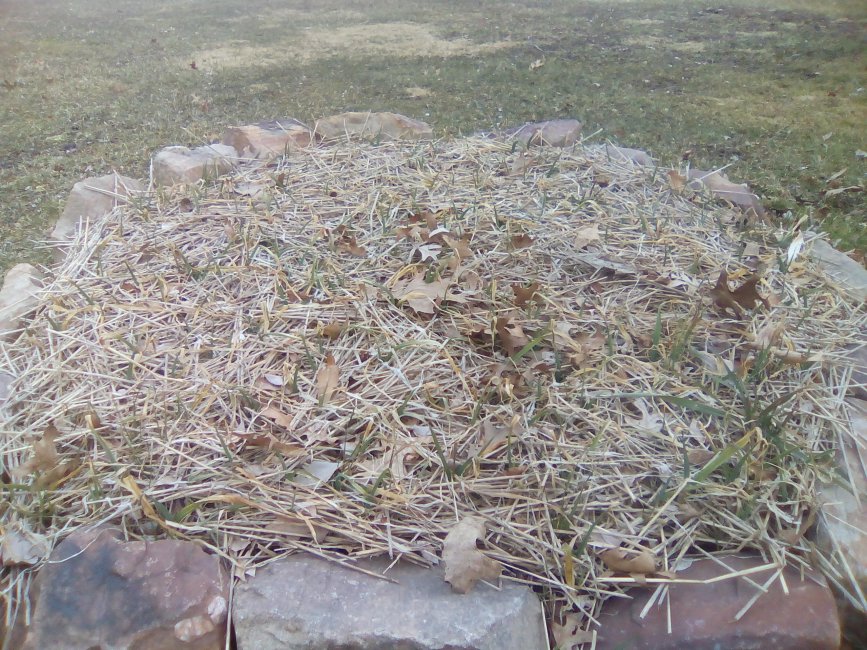I tried a little patch of straw potatoes last year, just straw or hay bed rotting on the ground, you simply plug potatoes I to it and they come back out pretty easy.
The only issue I had was some that were sunburned...
That's the way I always did mine. You have to pile the grass higher than you think you need and maybe do it again a few weeks later, after settling.
It's great to be able to sneak potatoes out as needed. A bonus is the missed ones often turn into next year's first yield.
My diet changed and I didn't do potatoes last year. Man I miss them.







